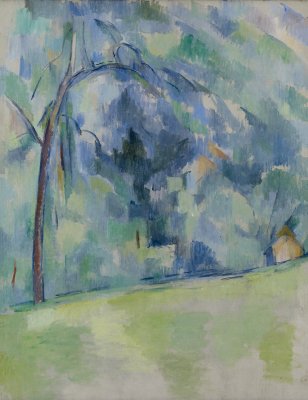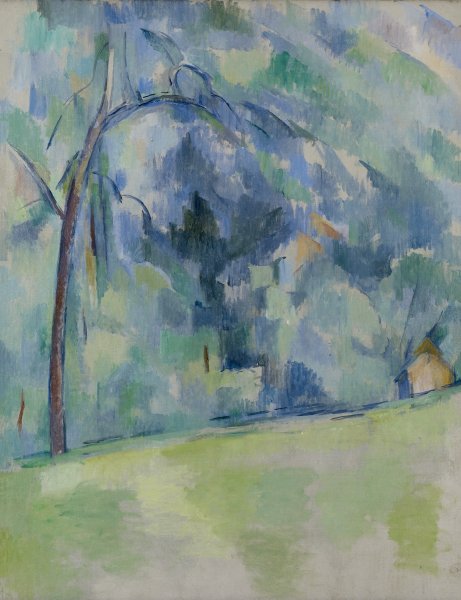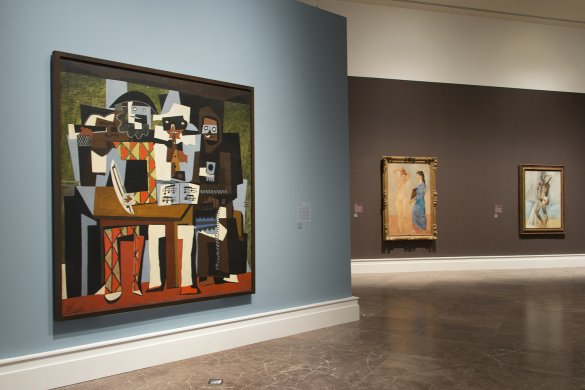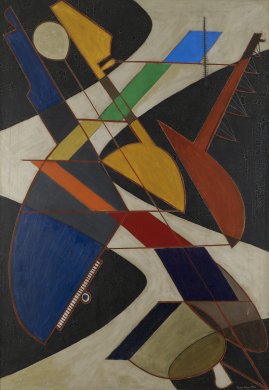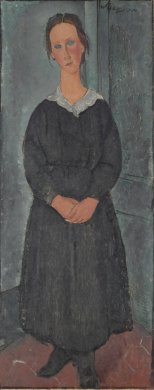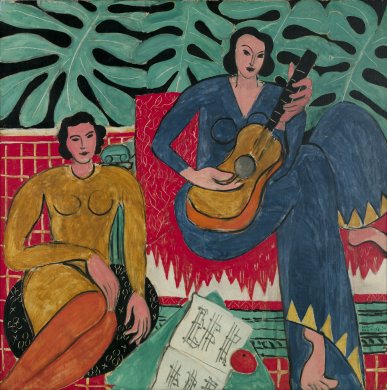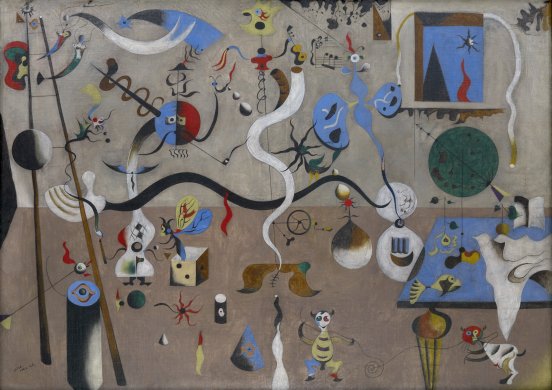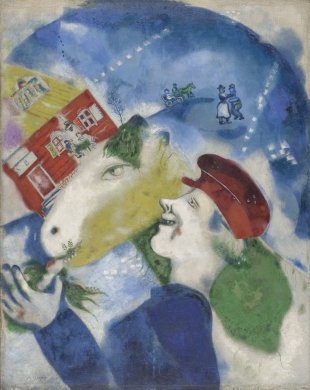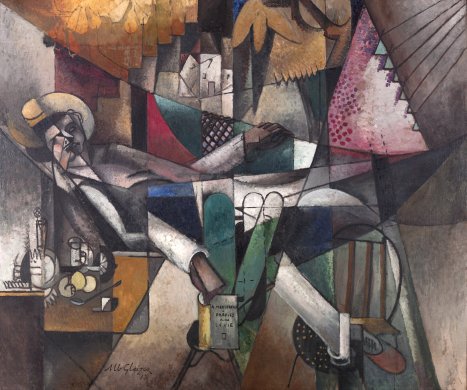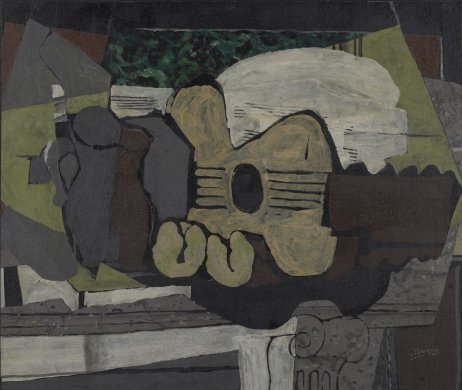Throughout his lifetime, Pablo Picasso moved in and out of many social circles. His closest friends included some of the greatest creative minds of the early twentieth century. Many of the works in Picasso: The Artist and His Models highlight how the artist’s personal relationships not only influenced his compositions but also helped steer the ever-changing course of his career.
A defining moment in the development of Cubism occurred in Paris in 1907 when Pablo Picasso and Georges Braque saw the posthumous retrospective exhibition of Paul Cézanne’s work. The two were drawn to the artist’s use of generic forms to simplify nature. Morning in Provence exemplifies the ways in which Cézanne reduced the visible world into the most basic underlying shapes, yet also retained a painterly quality. They immediately began experimenting with Cézanne’s techniques, a process that would eventually result in the invention of Cubism in 1909. For Picasso, Cézanne’s works provided a systematic approach that he repeatedly engaged with over time. In 1943, Picasso declared to the photographer Brassaï (French, born Transylvania (now Romania), 1899–1984) that Cézanne was his “one and only master.”
